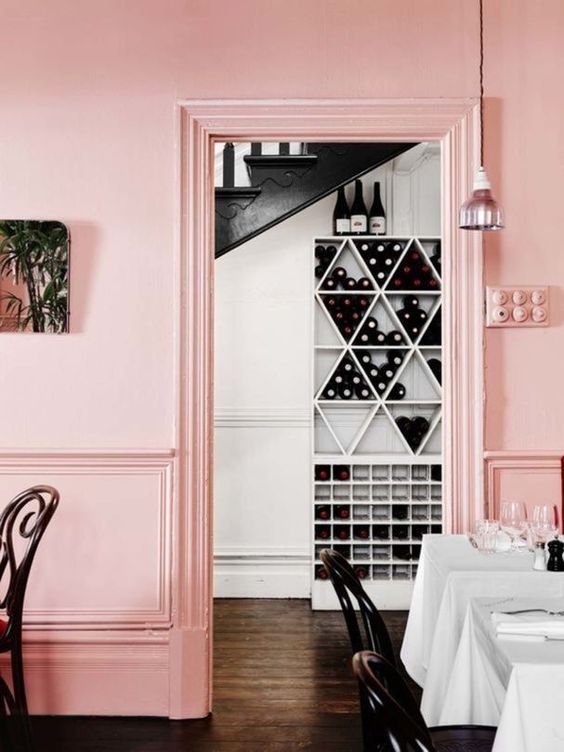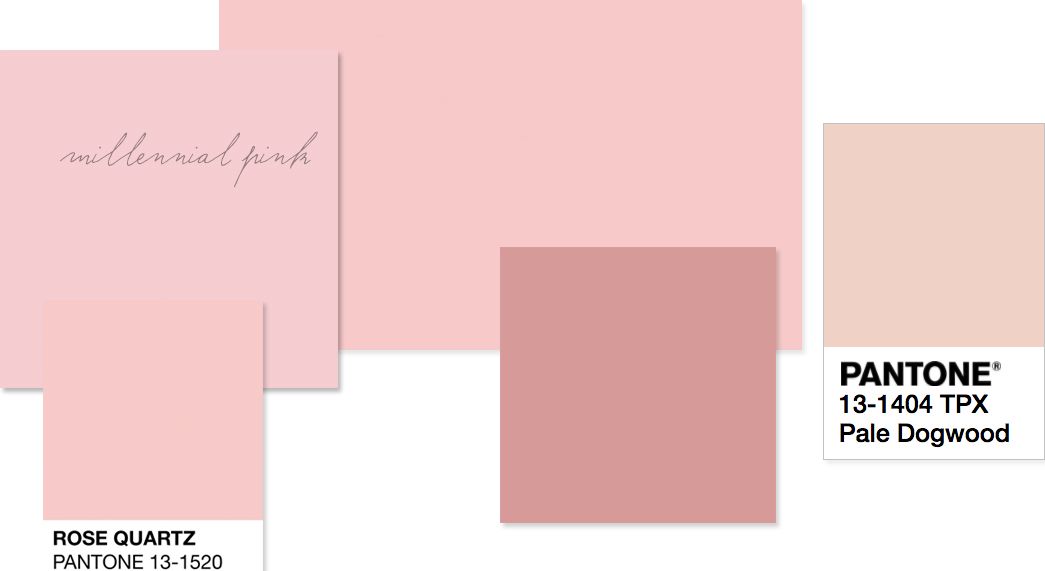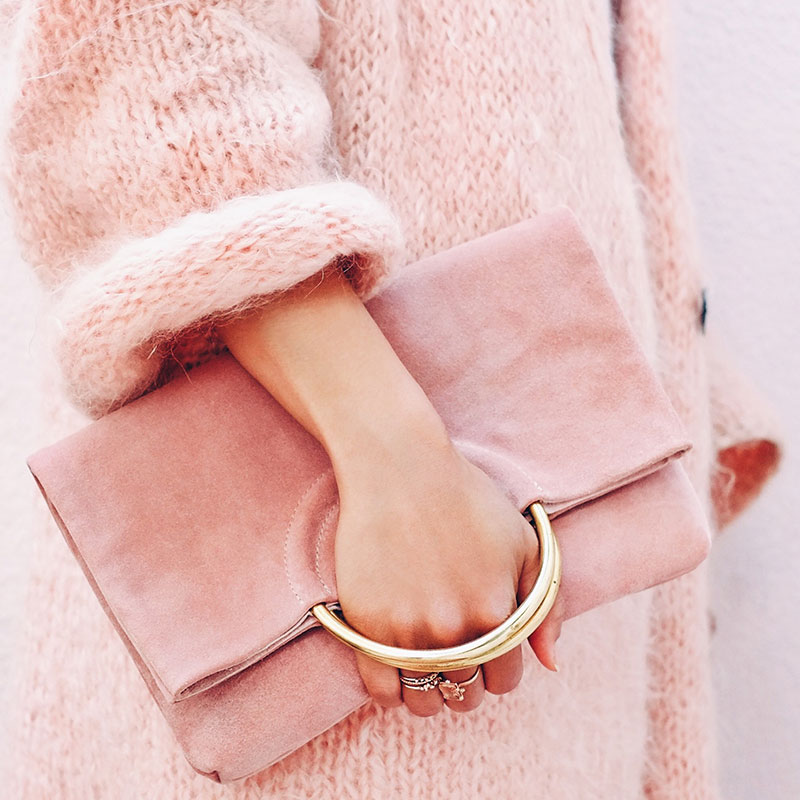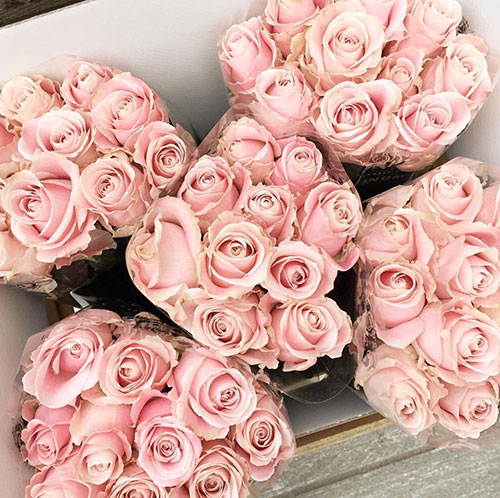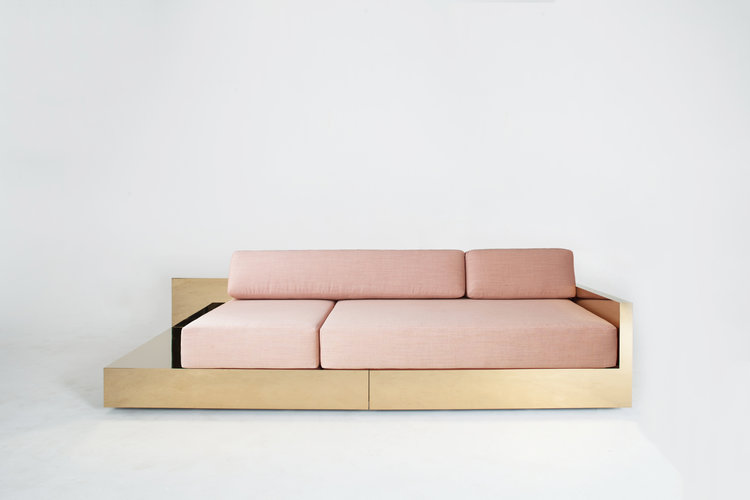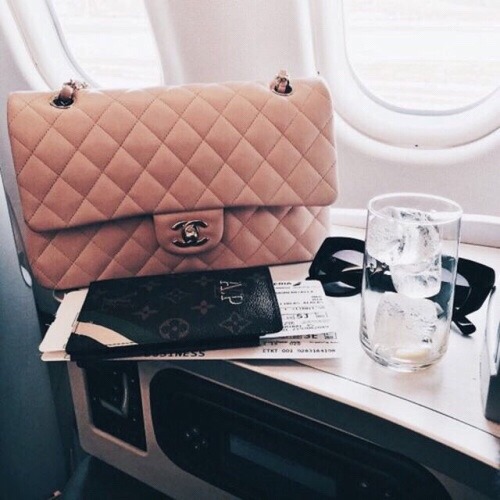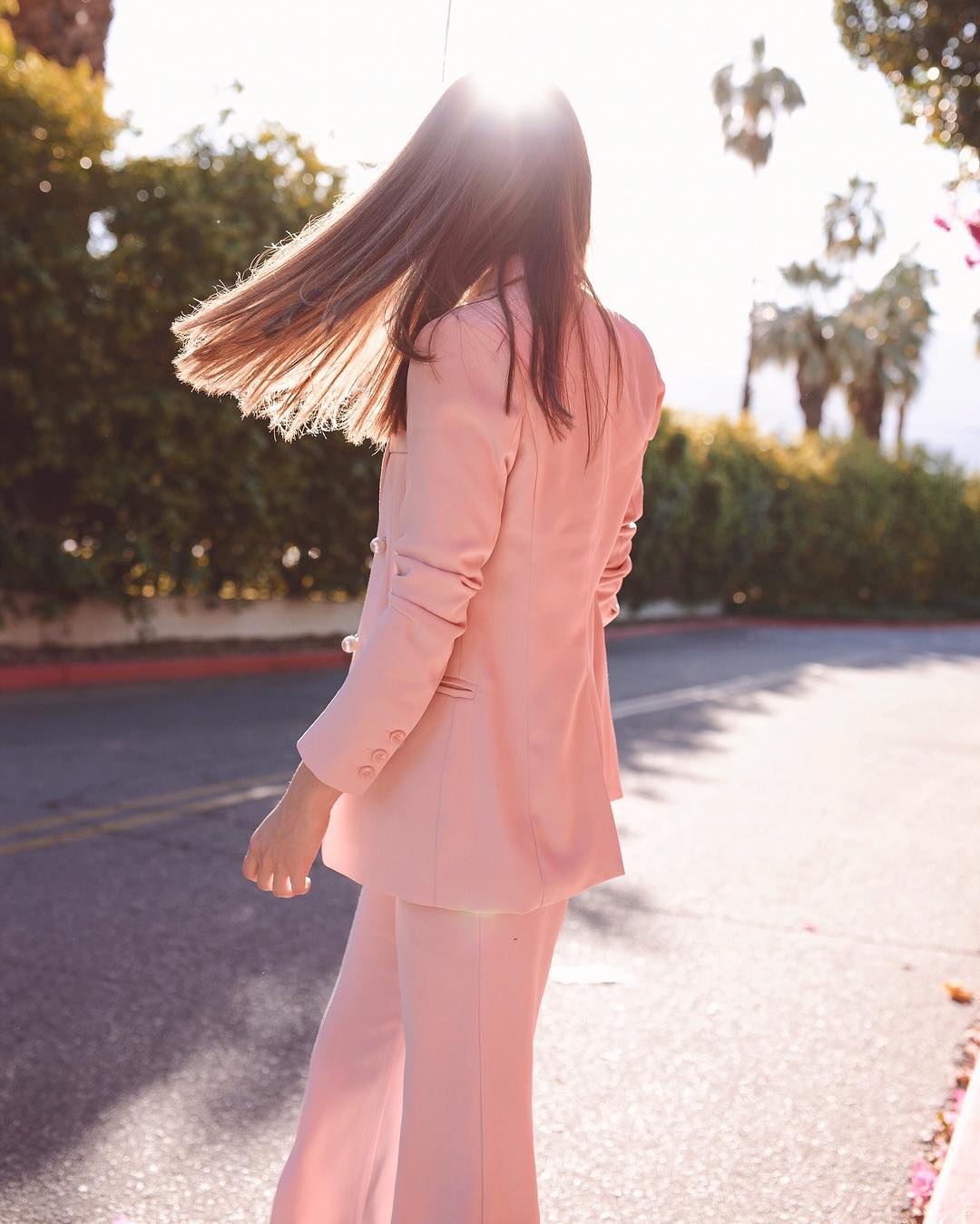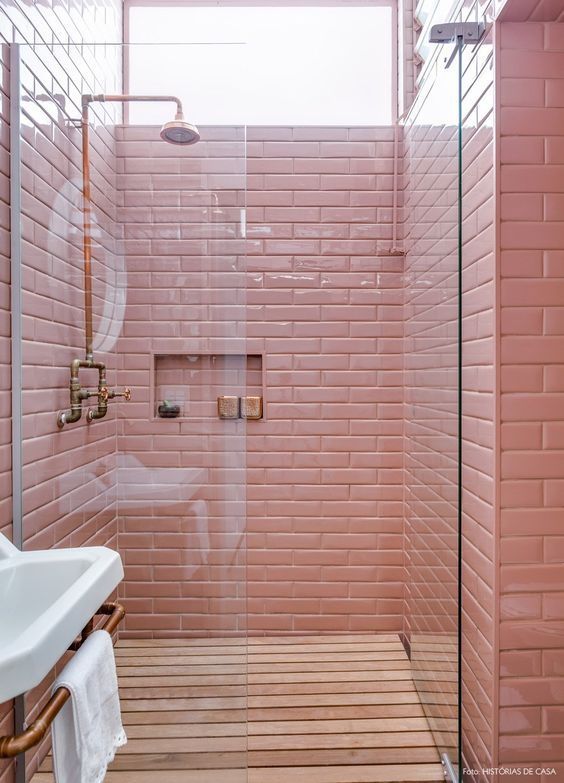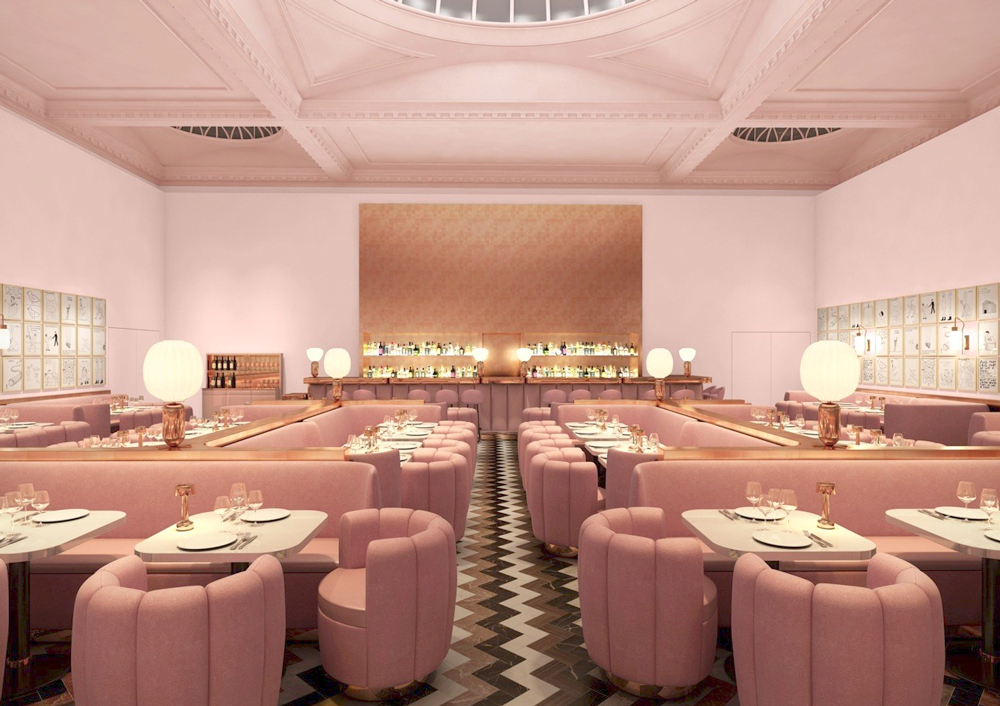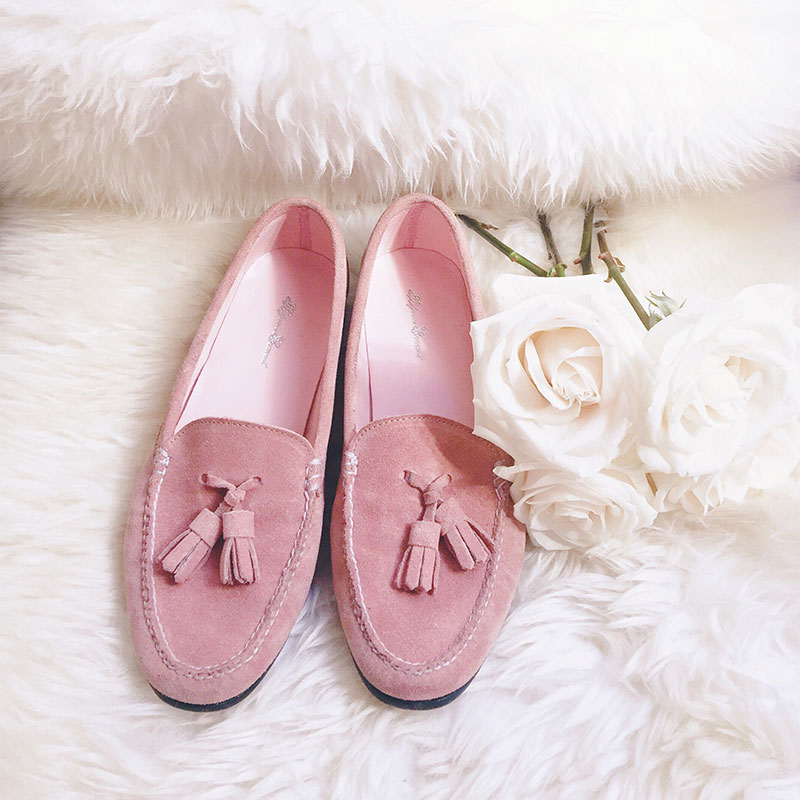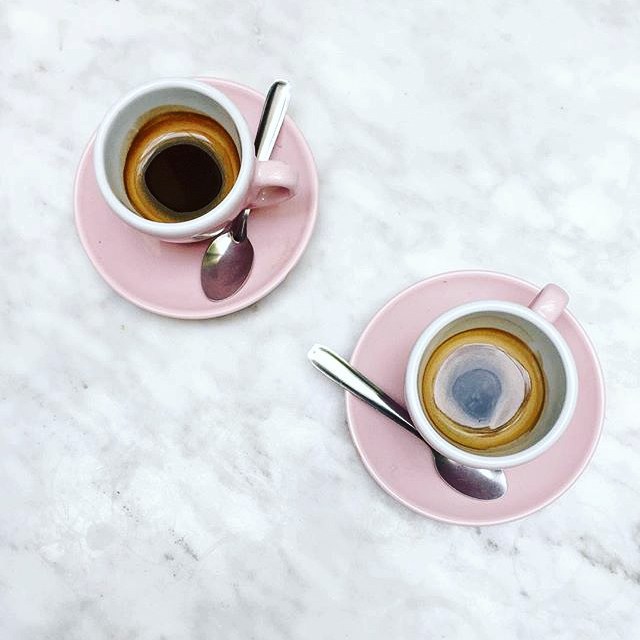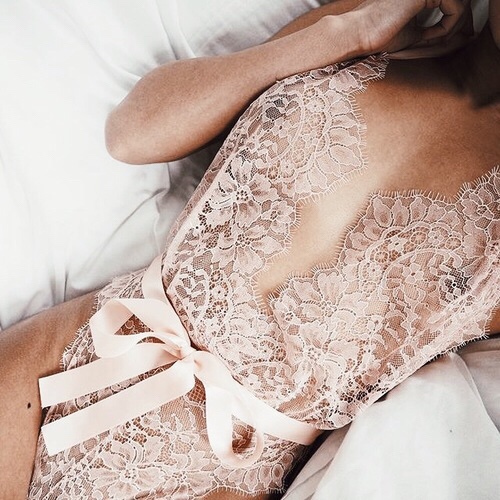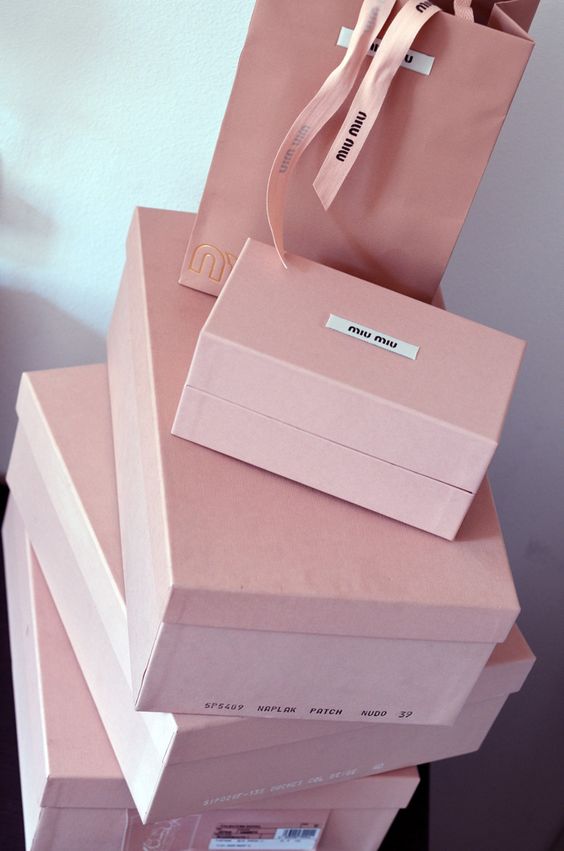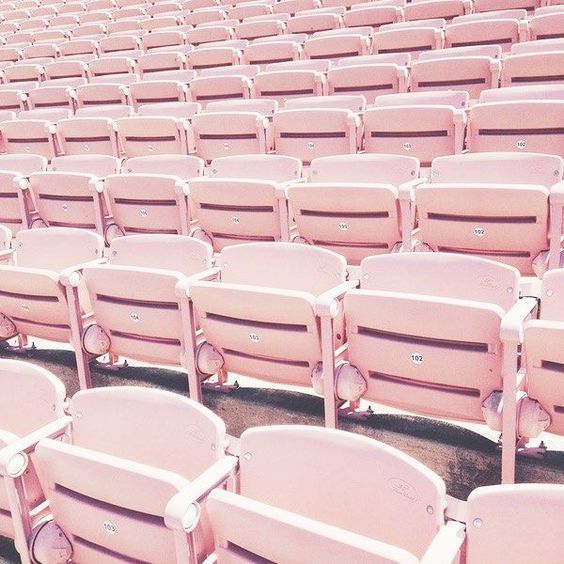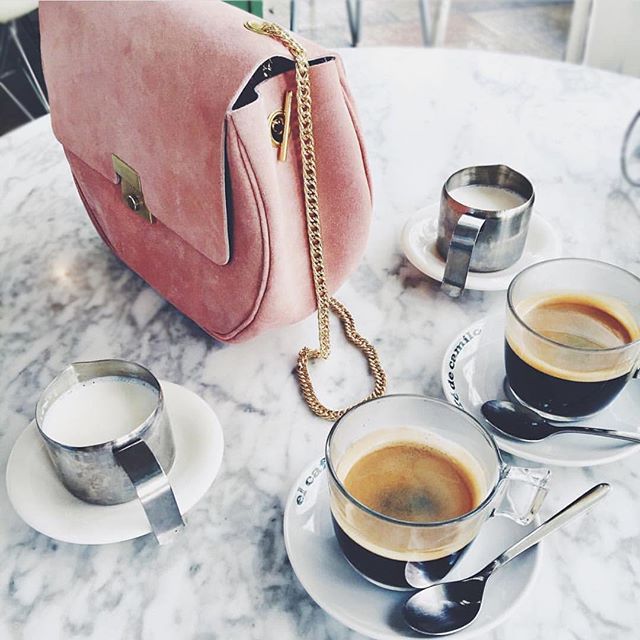If there ever were a colour that encapsulates the zeitgeist, it would be MILLENNIAL PINK — a soft, dusky, dreamy shade that is known to be both calming and empowering at once. New York Magazine‘s fashion off-shoot, The Cut, recently wrote an exhaustive piece on the subject, chronicling the colour’s journey from 2012 until now. Bloomberg and Fashionista would also follow up with their own think-pieces, as well as nearly everyone else, for the hue is simply everywhere, from Acne’s shopping bags to Le Creuset‘s range of the prettiest pink pots, to entire restaurants designed around the colour (here & here).
Whether you call it Millennial Pink, Tumblr Pink, Scandi Pink or Rose Quartz, the colour has surpassed all other colour trends in its longevity. The reason? Rather than the convention of pink being for girls and blue for boys, this shade has become androgynous, and genderless, even. It is a shade for everyone. Bloomberg writes, “The un-gendering of pink helps explain why Gucci, Off-White, and Pigalle all released pink menswear in 2016—and why the buzziest color of Common Projects sneakers, a favorite label among stylish men, was blush.”
So when did this pink crusade begin? Some think that the tipping point was when the Pantone Color Institute, which analyzes global colour trends, named (in 2015) Rose Quartz colour of the year for 2016, alongside Serenity, a soft powdery blue. Others believe it to be when Apple released the iPhone in rose gold in the same year. The truth is that the colour, in fact, has been around much earlier than that. Fashionista writes, “‘These colors are forecasted two, three years out in advance,’ … [for] it would be impossible for manufacturers and designers to wait on Pantone’s ‘Color of the Year’ announcement and have products in that shade ready in time.” Case in point, when we were attending the leather trade show in Paris for Belgrave Crescent in 2014, this particular shade of pink was already everywhere, as well as metallic finishes of silver and gold, also trends of the moment. And when we were sent suede sample books from a local tannery, we would immediately taken with a soft, dusky pink shade purely because it was beautiful and would become the basis for our new collection.
According to The Cut, “Millennial Pink’s desaturated shade is a subtle wink back to those lesser aesthetic times, paired with a sincere confidence that we’re doing it better now. It’s cheeky, sincere, and nostalgic all at once”. Noting the colour’s staying power, Pantone has included a softer shade of Rose Quartz named Pale Dogwood in its spring 2017 fashion colour report, describing the new shade as a “quiet and peaceful pink shade that engenders an aura of innocence and purity”.
Whether you like Millennial Pink for its representation of a feminist cultural movement or its rejection of overtly feminine ideals, or perhaps, you’re like me and have simply loved the colour since the beginning of time without the need to politicize, rationalize or degenderize, then have no fear, for it is here to stay for at least a little while longer.
“By the time everyone started calling it Millennial Pink in the summer of 2016, the color had mutated and expanded to include a range of shades from beige with just a touch of blush to a peach-salmon hybrid.” —The Cut
lim + lu sofa // via Sight Unseen
The Instagram-friendly Gallery at Sketch, London, designed by India Mahdavi: “India Mahdavi, who has created a backdrop for David Shrigley’s artwork, conceived a soothing, monochromatic, strikingly comprehensive interior. The classic, almost bourgeois design invites a deliberately playful contrast with the witty, outré art works.”
“A color becomes popular because it’s symbolic of the age we’re living in. These are turbulent times. People are looking for calm” –Laurie Pressman (via Bloomberg)
Credits
Please click on images for sources.





